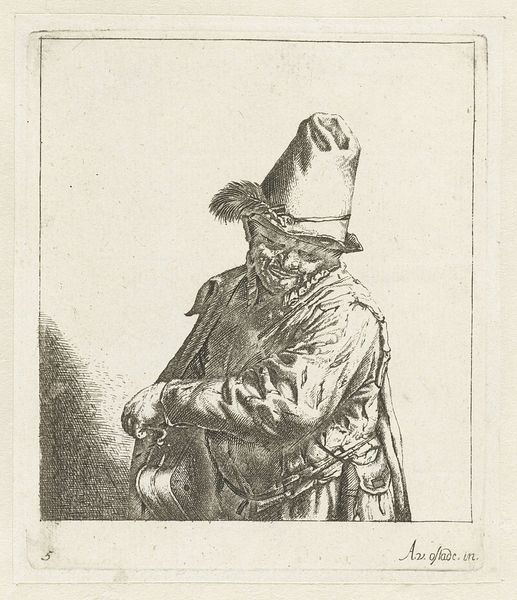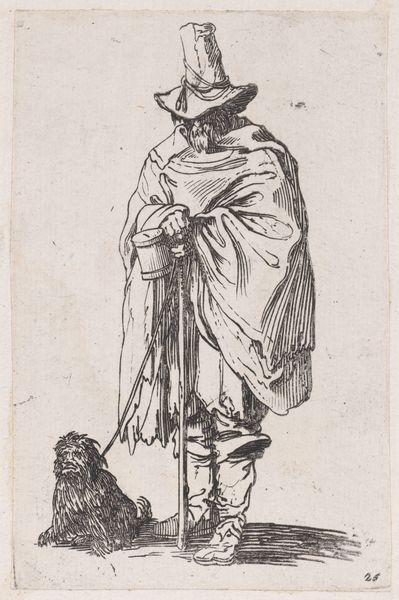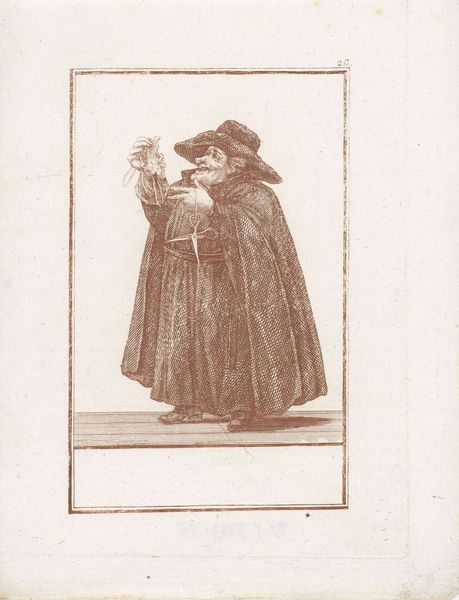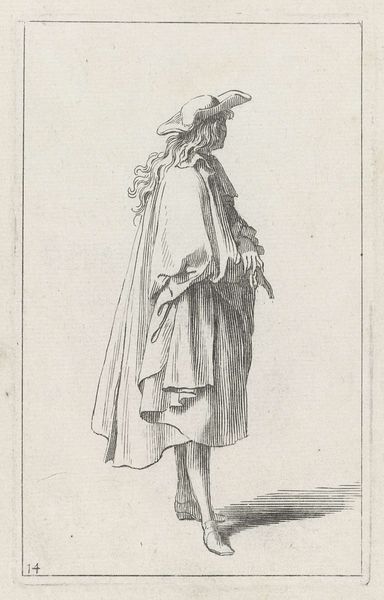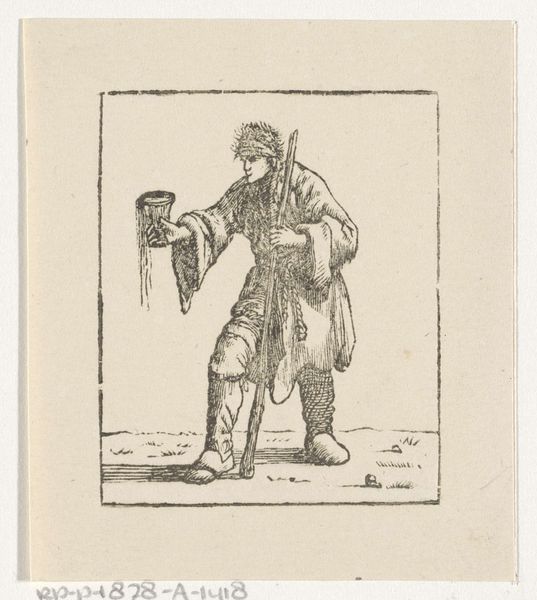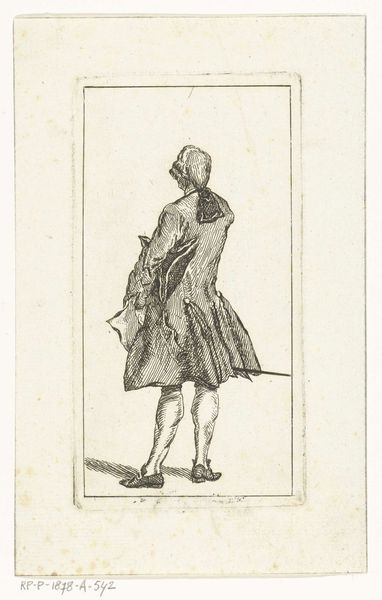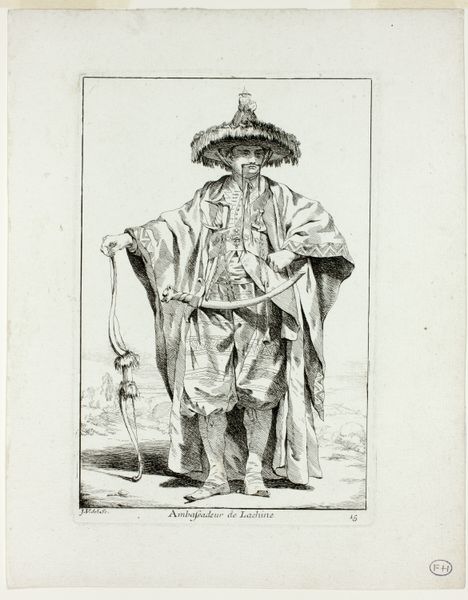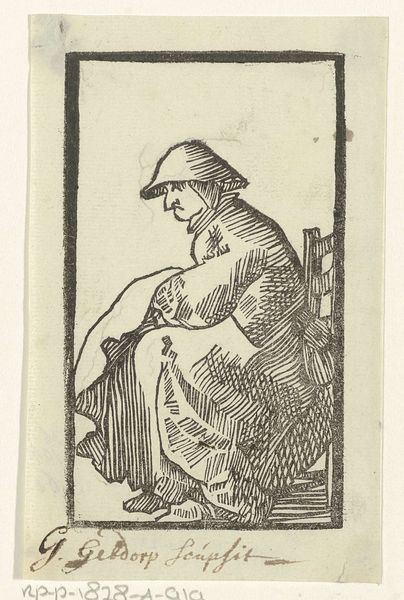
print, engraving
#
portrait
#
baroque
# print
#
figuration
#
genre-painting
#
engraving
Dimensions: height 237 mm, width 185 mm
Copyright: Rijks Museum: Open Domain
Editor: This is Jacob Gole's engraving from 1724, titled "Monnik zijn pij opetend," or "Monk Eating His Habit," currently residing in the Rijksmuseum. It has a somewhat satirical and comical mood to me. How do you interpret this work through a historical lens? Curator: The comical depiction of a monk consuming his own religious garment offers a strong social critique embedded in its imagery. It's crucial to examine the period; 1724 was a time when the power and privileges of the Church were increasingly questioned. Is it purely a mockery of religious figures, or is there more at play? Editor: What else could be going on? Curator: Think about the role of prints like this. They were widely circulated, offering accessible forms of social and political commentary to a broad audience. Consider who was consuming these images and the message Gole might be sending about religious authority and its perceived excesses, using satire as a potent weapon. The setting behind him, featuring what appears to be a church building, is significant as well. Do you think its presence is positive or negative for the satirical depiction? Editor: That context gives me a better understanding. Perhaps Gole aimed to expose perceived hypocrisies of some members of the church at the time? It's quite provocative! Curator: Precisely. He might have used the exaggerated image to draw attention to a disparity between religious vows and actual behaviour. Understanding the social context helps us interpret its commentary more clearly. It's not just funny, it’s politically charged! Editor: I never would have guessed how much socio-political depth could be found in what seems to be a simple caricature. Curator: That's the beauty of art history! There is a complex intersection of social commentary, politics and art; everything ties back into the broader history!
Comments
No comments
Be the first to comment and join the conversation on the ultimate creative platform.
